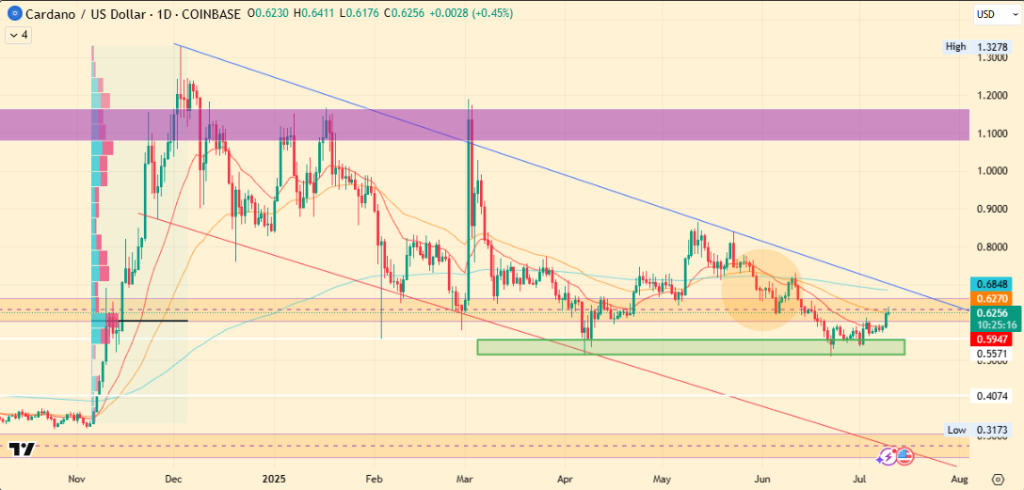
The post Developers Implement Crucial Fix After Ethereum’s Pectra Upgrade Faced Issues on Sepolia Testnet appeared first on Coinpedia Fintech News
Ethereum’s planned Pectra upgrade, the blockchain’s most significant update since 2022’s “The Merge,” launched today on the Sepolia testnet. However, the launch didn’t go smooth as it faced issues in its testnet release, further delaying mainnet launch. According to a recent tweet from the lead Ethereum developer, the team has identified the issue and rolled out a fix.
Quick Fix Applied to Sepolia Deposit Contract Issue
The Ethereum community employs testnets to experiment with significant updates in a secure environment before they are implemented on the primary blockchain, often referred to as the “mainnet.”
Despite these precautions, the rollout encountered some snags. Tim Beiko, a leading developer at the Ethereum Foundation, reported on Twitter that they were addressing a glitch related to the custom deposit contract on the Sepolia testnet.
Also read: Ethereum’s Pectra Upgrade Moves Forward – But Is It Ready for Mainnet?
He further explained that this glitch had impacted certain Execution Layer (EL) clients, leading to problems with processing transactions within blocks. EL clients are essential software that operates on the Ethereum network’s nodes.
Roughly six hours after the error was identified, Tim Beiko reported that a solution was in place. He stated, “Client teams have coordinated on a fix and are trying to deploy it to validators right now. If this works as expected, we’ll have a longer update out shortly.”
Tim Beiko stated that all node operators need to upgrade their nodes to the versions listed on the Ethereum website’s blog. He mentioned that validators had already upgraded, resulting in the chain operating normally again. However, he noted that explorers, wallets, and other infrastructure providers might encounter issues until they also perform their upgrades.
The Mainnet Release Might Get Delayed
Earlier in the day, the launch was hailed as a triumphant success. Terence, a leading Ethereum developer, shared on Twitter that the Pectra had “finalized with a perfect proposal rate” on the Sepolia testnet. This meant that every validator had flawlessly proposed their assigned blocks without fail.
However, this achievement came after a challenging period. Initially, the deployment of Pectra on Sepolia had caused significant disruptions, preventing transactions from being recorded and essentially bringing the testnet to a halt for around five hours.
The Pectra upgrade had encountered problems before. For example, a misconfiguration among validators caused a chain split during its deployment on the Holesky testnet on February 24, leading to a failed rollout. Ethereum developers now expect that it will take at least two more weeks to finalize this activation.
Read more: Ethereum Whale Dumps $89M ETH – More Selling Ahead?
The plans for a mainnet launch of Pectra, which is one of the most significant forks since Ethereum transitioned to proof-of-stake, are dependent on successful upgrades of both the Holesky and Sepolia testnets.
Although the Ethereum Foundation had initially aimed for an early April release for the mainnet, this timeline might be stretched to ensure the issues observed in the testnets are thoroughly addressed and do not recur.
The post Developers Implement Crucial Fix After Ethereum’s Pectra Upgrade Faced Issues on Sepolia Testnet appeared first on Coinpedia Fintech News
Ethereum’s planned Pectra upgrade, the blockchain’s most significant update since 2022’s “The Merge,” launched today on the Sepolia testnet. However, the launch didn’t go smooth as it faced issues in its testnet release, further delaying mainnet launch. According to a recent tweet from the lead Ethereum developer, the team has identified the issue and rolled …









